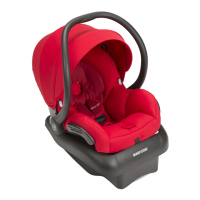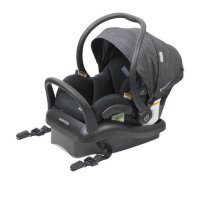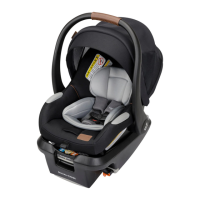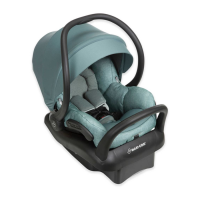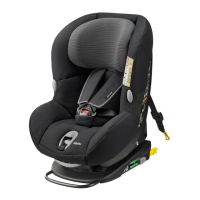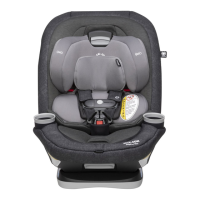11
12
Automatic Locking Retractor
Emergency Locking
Retractor
This retractor always locks.
It will automatically lock after slowly pulling the seat
belt out at least halfway and letting the belt go back
into the retractor an inch or two.
If the retractor does not lock, it is most likely an Emer-
gency Locking Retractor. These retractors only lock
during a sudden stop or collision.
You will need to determine if your seat belt’s latch plate
can lock the belt. See Step 4, “Check the Latch Plates,”
below and on the next page.
See Step 4, “Check the
Latch Plates”.
Locking Latch
Plate
Emergency Lock-
ing Retractor with
a Sliding Latch
Plate
4. Check the Latch Plates
Latch plates are the part of
the seat belt that goes into the
buckle.
Grasp the tongue of the latch
plate (the part that goes inside
the buckle) and pull straight out,
in line with the lap belt.
Emergency Locking Retractor
Lap Only Belt
Infl atable Seat Belts
Never Use With This Base
If the latch plate does not
slide up and down the
vehicle belt, it is a locking
latch plate.
If the latch plate slides up
and down the vehicle belt,
it is a sliding latch plate.
Sliding latch plates easily
slip between the lap and
shoulder portions of the
belt.
If you have an Emergency
Locking Retractor with a
Sliding Latch Plate, you
MUST use a locking clip to
install the base. See pages
25-27.

